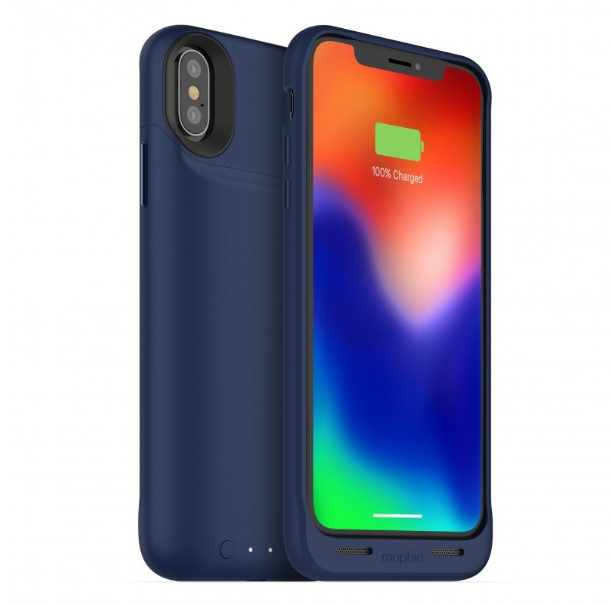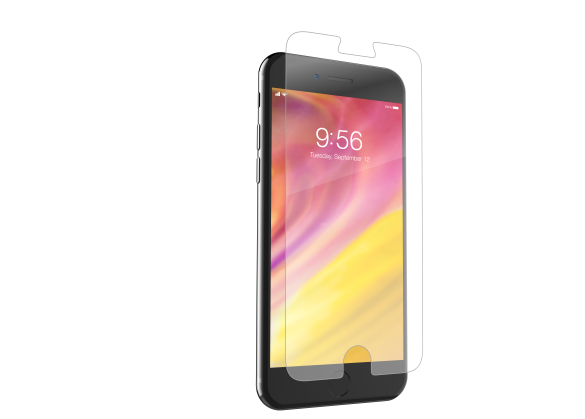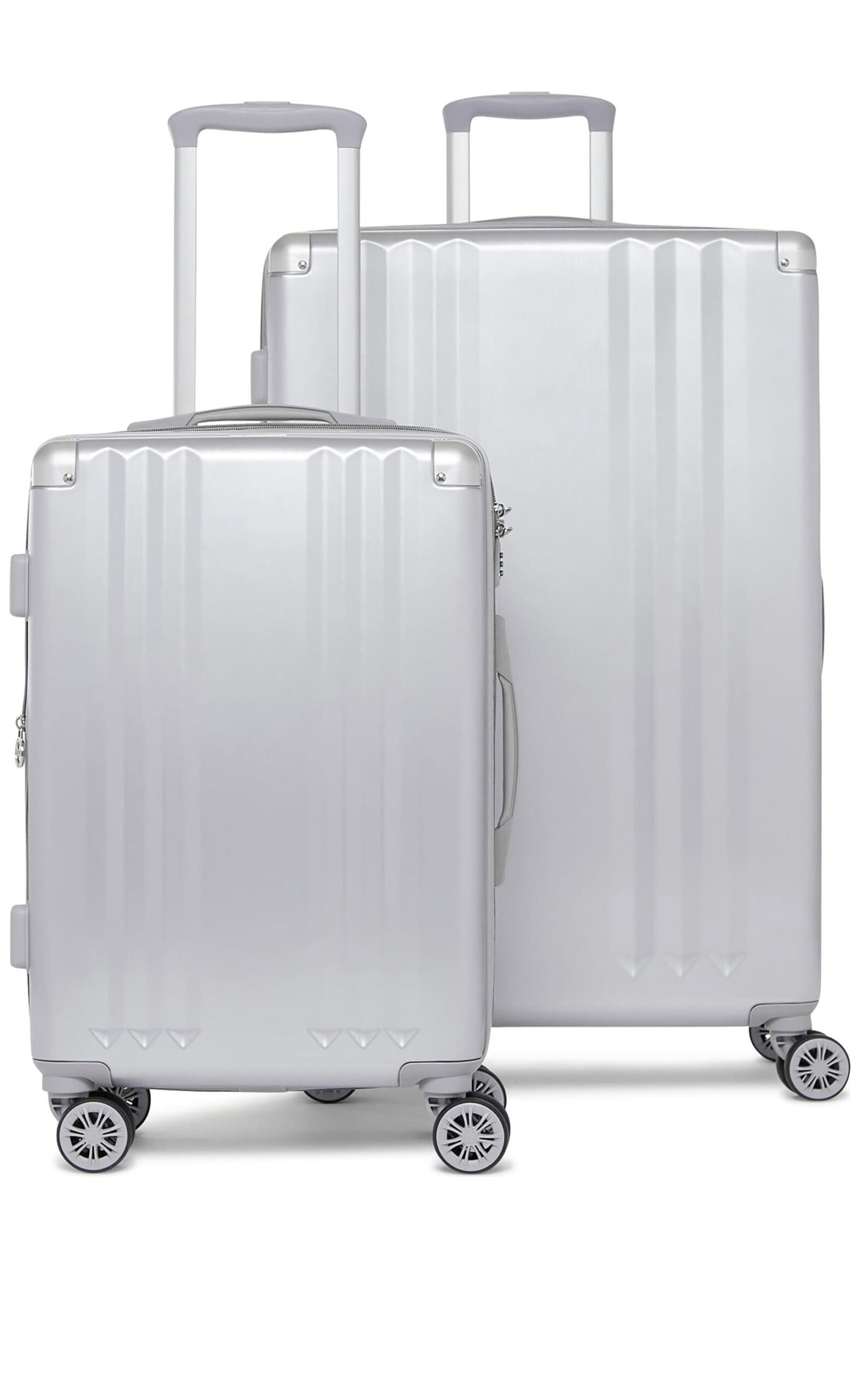Comb the web for a bit, and it’s not hard to find horror stories of overseas cell phone usage gone wrong, with people paying more for data than they did for their airfare or accidentally spending a month’s rent on background app refreshes. Data download fee disasters seem almost to be a rite of passage for many modern travelers. And with public Wi-Fi networks becoming riskier and riskier, you want to make sure you are also safely connected abroad now too.
Mobile hotspots are a way to beat these fees outright—but if renting still another piece of metal is going too far, or if you think a basic roaming plan will cover you, I’ve gathered details and pricing information about the best international phone plans from five major providers.
International Phone Plans: What You Need to Know
When you travel abroad, you will usually be connecting to the cell towers of third-party providers other than your own cell phone company. This means that your cellular provider must pay an access or connection fee to that third-party network, a cost it will pass on to you, usually at a markup. These fees typically show up on your phone bill as “international roaming data” fees.
These costs apply to everything you do with your phone—phone calls, text messages, and, importantly, data usage of all kinds. On this last item of data usage, it is crucial to understand that, unless you are connected to Wi-Fi, every use of your phone incurs a data toll.
That means that viewing and downloading email, browsing the web, viewing social media, and mapping all incur data charges, as do applications that we sometimes assume to be “free,” such as Skype and WhatsApp.
A simple example: While traveling without an international phone plan, you know that making calls while overseas costs extra, so instead you use your WhatsApp number to make calls. Unless you are connected to Wi-Fi, however, WhatsApp is using cellular data, so you are getting charged at your provider’s international roaming data rate. How much does that cost?
On AT&T, international usage costs with no plan in Europe are as follows:
- Phone calls: $2.00/minute (no charge for incoming calls)
- Texts: $0.50 per text and $2.05/MB (no charge for incoming texts)
- Data: $2.05/MB
WhatsApp’s data use depends on whether you are on a 2G, 3G, or 4G network, but on 4G this study by AndroidAuthority puts WhatsApp calling data use at about 750 kilobytes per minute, so a one-minute call using WhatsApp will cost you about $1.50.
Meanwhile, Google Maps uses about six megabytes every 10 minutes, a cost of $12 to go a few miles in your car.
Clearly, data usage can get very costly very fast. To get around that, here are your options for the best international phone plans as of early 2020.
International Phone Plans with AT&T
Of its several international phone plans, AT&T’s simplest offering is the International Day Pass, which is available in more than 100 countries and costs $10/day for unlimited calling and texting as well as whatever data plan you have at home. One nice feature of AT&T’s plan is that you are charged only for days on which you use the package, so if you are on Wi-Fi all day or never turn on your phone, you save the $10.
Note that Mexico and Canada are included in some AT&T plans, so you don’t need an international package in those countries.
For longer trips, AT&T has two Passport plans. One offers 2GB of data for $70/month and the other offers 6GB for $140/month, including unlimited texting and phone calls for 35 cents a minute.
International Phone Plans with Google Fi
Google Fi is a newcomer to the wireless market, and isn’t for everyone; you won’t get the full benefits of the plan unless you have one of six compatible phone models, including Pixels and select Moto and LG phones. Currently, Google Fi is in beta testing for iPhones and works in part with many Android models.
Google Fi’s international phone plan, the main draw for many customers, is extremely straightforward: “Data abroad costs the same as at home.”
Google Fi offers both an unlimited plan, starting at $70 for one line, and a flexible plan, which costs $20/month for unlimited domestic calls and texts, $10/GB per month for data, and $15/month for an extra person to share your data plan. Internationally, the only substantive difference is that voice calls cost 20 cents per minute; otherwise, your international plan is the same as your domestic plan.
An important caveat is that if you are outside the 200 destinations where Google Fi is available, you will have to get a local SIM card; otherwise, you will not be able to use your device unless you’re on Wi-Fi.
International Phone Plans with Sprint
Sprint is among the companies that include international connectivity in their standard plans. All Sprint plans that have Sprint Global Roaming enabled include free basic data and unlimited texting in 200 destinations; calls cost 25 cents per minute.
Note that while there is no extra charge for Sprint Global Roaming, you must take the step of adding it to your plan to qualify for the benefits.
The free data comes at up to 2G speeds, which may seem slow compared to what you are used to at home. For faster data speeds, Sprint’s Global Roaming package offers 4G LTE data for $5/day or $25/week in most destinations (it’s $2/day or $10/week in Mexico and Canada, and $10/day or $50/week in China).
International Phone Plans with T-Mobile
T-Mobile has carved out a niche for itself by offering only unlimited plans at fixed prices depending on how many phone numbers you have, starting at $30/line for four lines. T-Mobile also piles on some unexpected benefits with the Magenta plan, including unlimited streaming, in-flight texting, and one hour of data on Gogo-enabled flights.
For travelers, the most interesting element is that texting and data in more than 210 countries are wholly included in the Magenta or Magenta Plus plan.
Even the Essentials plan includes texting abroad as well as 2GB of data outside of coverage areas in Mexico and Canada. The downside, though, is that the standard overseas speed on the Essentials plan is much, much slower than normal connectivity at home. For faster speeds, T-Mobile has two options. The Magenta plan gives you data and texting abroad and an hour of in-flight Wi-Fi, for $5 more per month. Magenta Plus costs $13 extra per month and gives you double the data speed and unlimited in-flight Wi-Fi, as well as 5GB of 4G data in Mexico and Canada, HD streaming, and some other features such as voicemail to text. See T-Mobile’s website for more details on its phone plans.
International Phone Plans with Verizon
Verizon’s Unlimited Together – North America plan includes unlimited calls, texts, and data in Mexico and Canada—one catch being that after you download 512 MB of data, speeds will be reduced to 2G levels. Otherwise, Verizon’s TravelPass plan is very similar to AT&T’s, with a $10 charge per day, per device to get the same plan you have at home. If you are not on one of the unlimited plans at home, Verizon charges $5/day for coverage in Mexico and Canada.
Verizon also offers monthly international travel plans ranging from $70/month for 100 minutes, 100 sent texts, and 0.5GB of data to $130/month for 250 minutes, 1,000 sent texts, and 2GB of data in more than 185 countries. Pay-as-you-go rates vary for texting and calling, but the standard data charge is $2.05/MB. See this page for all options.
Alternatives to International Phone Plans
If you are going abroad for an extended period of time, you may want to consider some other options to an international phone plan.
Using Your Own Phone with an International SIM Card
If you would still like to use your personal phone abroad, then consider purchasing a Subscriber Identity Module (SIM card) to use in your own cell phone while you’re traveling internationally. A SIM card is the part of a cell phone that holds the identity information and other personal data; if you switch your own SIM card for one that you purchase in another country, you can have all the benefits of a local phone (such as low in-country calling rates and a local phone number) without having to buy a whole new phone.
You can also purchase an international SIM card that can be used in many different countries. This is a good bet for multi-country trips or for travelers who travel regularly to many different regions around the world. However, the option of replacing the SIM card is only available on unlocked phones. Ask your phone company if your phone’s SIM card can be unlocked.
You can purchase prepaid international and country-specific SIM cards from websites such as Cellular Abroad, Telestial, or OneSimCard. As always, you’ll want to do some comparison shopping before you purchase to find the best rates for the country or countries you’ll be visiting.
Pros:
Rather than buying a whole new phone, you can simply buy a SIM card for your existing phone — which is cheaper and takes up less space in your luggage. You’ll enjoy low local rates for calls, texts, and data within whichever country you’re visiting.
Purchasing an International Cell Phone
Depending on your destination country, you may be able to purchase a local phone with a domestic calling plan. Local plans are often similar to the one you have on your current cell phone; domestic rates are cheap, and the most basic cell phone models are quite affordable.
Research cell phone companies in the country you will visit or look for a local cell phone store. Just make sure that the carrier you choose is popular and well known. Do not buy a cell phone from someone on the street just because you think you’re getting a “deal.”
Frequent travelers who spend a lot of time in one international location will be best served by purchasing a phone in their destination. Students studying abroad and travelers with international vacation homes or family in another country should also consider purchasing an international cell phone.
Pros:
You’ll enjoy low rates for calling within a foreign country.
Cons:
Fees may be quite high for calling the United States.
You may run into a language barrier when trying to buy a phone. If you don’t fully understand the contract you are signing, do not sign your name.
Renting a Cell Phone
If your phone doesn’t work abroad or you don’t want the hassle of adding and removing a pricey international plan, you may want to look into renting a cell phone through a service such as Cellular Abroad, TravelCell, or TripTel. The company mails you a phone, and your rental includes a return shipping label so you can return the phone after your trip.
The phone you’ll receive will be a local phone, good for making calls in the country in which you are traveling. However, if you are spending more than a week or two in one destination overseas, you may save money by purchasing a local phone and subscribing to a local phone plan, as rates for renting a phone can quickly surpass the cost of a cheap cell phone in a few weeks. Also, domestic calling rates for rental phones may be higher than rates offered by local cell phone service providers.
Rates for rental phones are typically twofold; renters pay a daily, weekly or monthly fee for the cell phone rental and an additional fee for calling minutes. This means that even if you’re not using your phone, you can still be charged the minimum fee for the rental unit. Some rental phone plans have higher rates for calls outside the country, and some don’t—compare plans to see which is best for you. Incoming calls and texts on rental phones are your cheapest option, as they are often less expensive than outgoing calls (or even free). If you are using your rental phone to call home, have your friends and family call you at a designated time and you will save some cash.
Renting a cell phone is best if you’re making a lot of calls but not going on a lot of trips. On a single trip where you make just one or two calls, you may end up paying more for the actual cell phone rental than for the calling minutes.
Pros:
If your usual cell phone won’t work overseas and you’re an infrequent traveler, you save money by renting a phone instead of buying one.
Cons:
Beware of hidden charges. Minimum minute stipulations, charges for incoming calls, or steep roaming rates may apply to your rental. Always make sure you read and understand the fine print.
To avoid charges if you lose a rental phone, you may want to purchase rental insurance at an additional cost.
Top-Rated Travel Gear for Traveling Abroad
More from SmarterTravel:
- 8 Innovative Phone Cases and Accessories for Travel
- Have an Old iPhone? Here’s the Airport Perk You’re Missing
- 12 Best Travel Gadgets for Any Trip
Editor’s note: This story was originally published in 2017. It has been updated to reflect the most current information. Ashley Rossi contributed to this article.
We hand-pick everything we recommend and select items through testing and reviews. Some products are sent to us free of charge with no incentive to offer a favorable review. We offer our unbiased opinions and do not accept compensation to review products. All items are in stock and prices are accurate at the time of publication. If you buy something through our links, we may earn a commission.
Related
Top Fares From Columbus, OH
Today's Top Travel Deals
Brought to you by ShermansTravel
Shop and Save with Country Inns...
Patricia Magaña
 Hotel & Lodging Deals
Hotel & Lodging Deals
$229 -- Chicago: Discounted Rates and...
Francesca Miele
 Hotel & Lodging Deals
$229+
Hotel & Lodging Deals
$229+
$188 -- Honolulu: Save on Oceanview...
Abigail Lamay
 Hotel & Lodging Deals
$188+
Hotel & Lodging Deals
$188+














